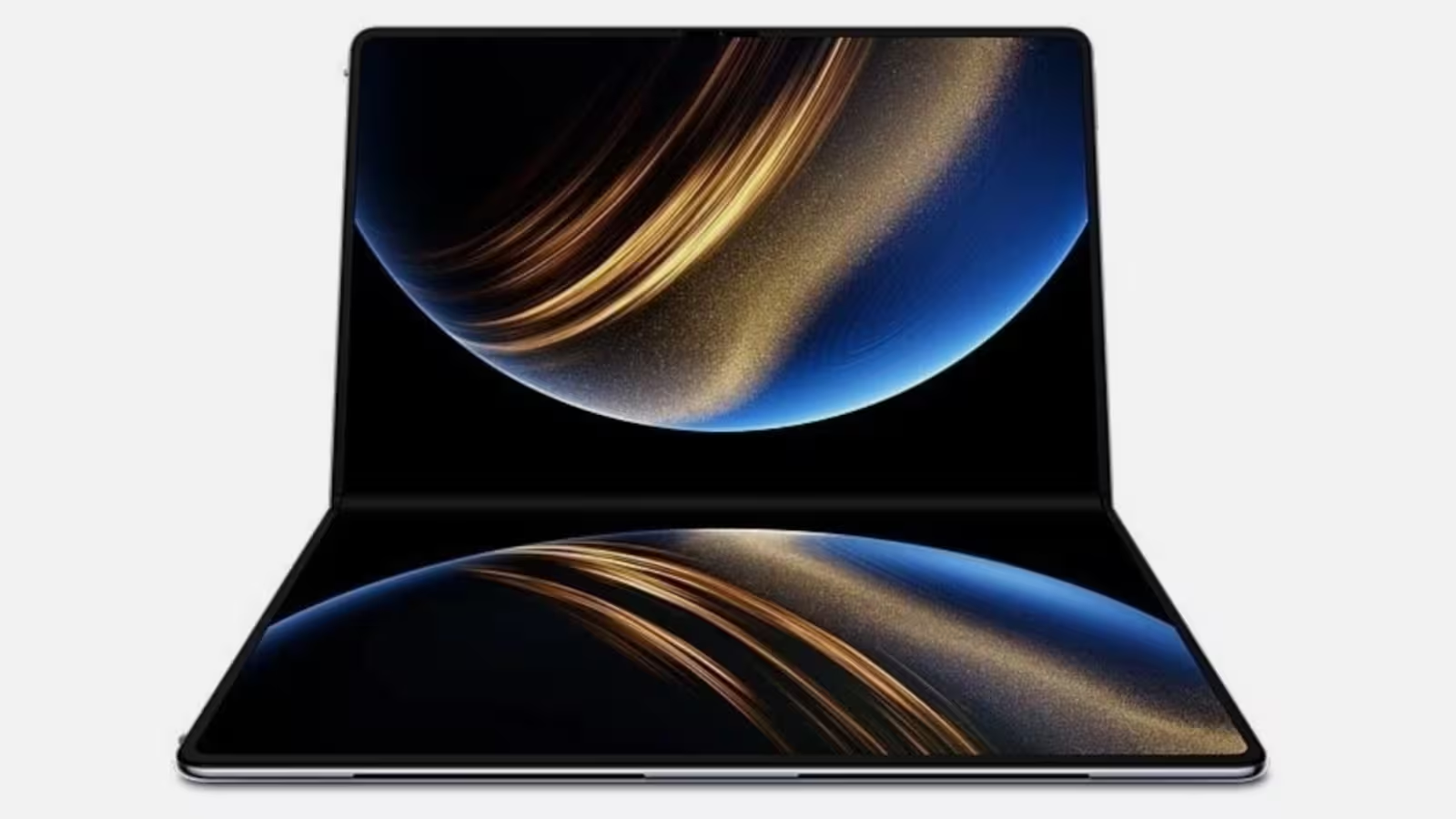3 Minutes
Recent reports have dimmed the excitement around Huawei’s much-anticipated Mate Book Fold. While the device was initially rumored to feature the groundbreaking 5nm Kirin X90 processor, fresh analysis reveals that the chip may actually use an older 7nm process technology, making Huawei less competitive with leading U.S. chip designers than previously thought.
The Role of Lithography in Advanced Chip Manufacturing
At the heart of modern semiconductor innovation is the lithography process, where machines etch the complex circuitry onto silicon wafers. For chipsets built on ultra-small nodes like 5nm and below, manufacturers rely on advanced Extreme Ultraviolet (EUV) lithography machines. However, export restrictions by the U.S. and Netherlands have barred both Huawei and its foundry partner, Semiconductor Manufacturing International Corporation (SMIC), from acquiring this essential technology.
Initially, industry speculation suggested SMIC had overcome these constraints by leveraging Deep Ultraviolet (DUV) lithography, a less advanced technique, to create 5nm chips through complex multi-patterning. However, this process is technically challenging, reduces production yield, and drives up costs, making it a less viable long-term solution for competitive chip manufacturing.
Kirin X90: 7nm Process, Not 5nm
Contrary to earlier claims, new findings indicate that the Kirin X90 is produced using SMIC’s 7nm (N+2 node) process—the same process seen in last year’s Kirin 9020 application processor for the Mate 70 series smartphones. This revelation not only undermines initial reports about a leap in chip fabrication by Huawei but also highlights the significant technological gap compared to leading U.S. semiconductor firms.
Comparative Analysis: Huawei vs. Global Competitors
This disclosure is particularly significant as the global marketplace continues to push the boundaries of semiconductor design. U.S. firms like Apple are set to debut 2nm application processors in the next generation iPhone 18, which further widens the chasm between American and Chinese offerings. With Kirin X90 at 7nm, Huawei now trails industry leaders by at least two generations.
Executive Remarks and Market Impact
Huawei CEO Ren Zhengfei has acknowledged the company’s lag, recently telling state media that Huawei’s single-chip solutions are still behind the U.S. by a generation. Despite innovative approaches leveraging mathematics, cluster computing, and what the company calls non-Moore’s law strategies, it’s apparent that hardware limitations—specifically, in semiconductor process technology—remain a critical bottleneck.
Looking Ahead: Can Huawei Bridge the Semiconductor Gap?
For now, overcoming the absence of EUV lithography remains Huawei’s biggest challenge. Rumors persist about potential alternative EUV solutions in development, but no commercially viable technology has yet emerged. Unless Huawei and SMIC find a breakthrough or gain access to cutting-edge chipmaking tools, the company’s products may continue to fall short of their American counterparts in terms of raw processing power, efficiency, and competitiveness.
Product Use Cases and Market Relevance
Despite these constraints, Huawei devices like the Mate Book Fold offer solid performance and innovation for markets where flagship-level chip manufacturing isn’t the only measure of value. Still, for technology enthusiasts and professionals tracking global chip advancements, this latest development illustrates just how challenging it is for Chinese manufacturers to rival U.S. semiconductor leaders under current geopolitical and supply-chain conditions.
Source: phonearena



Comments